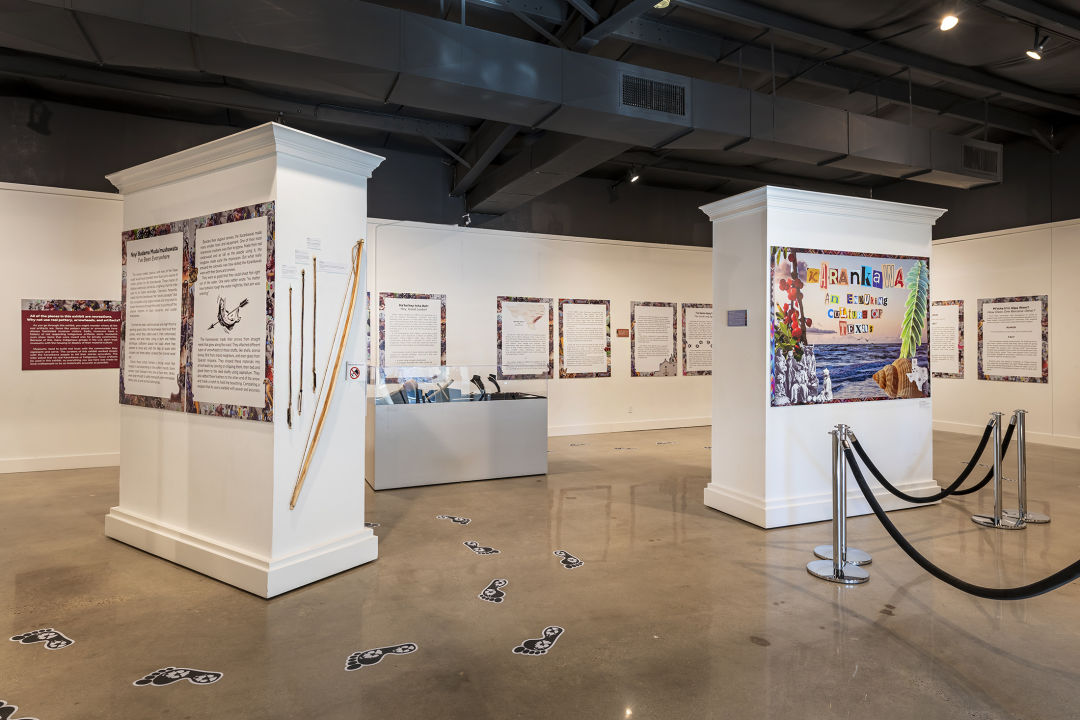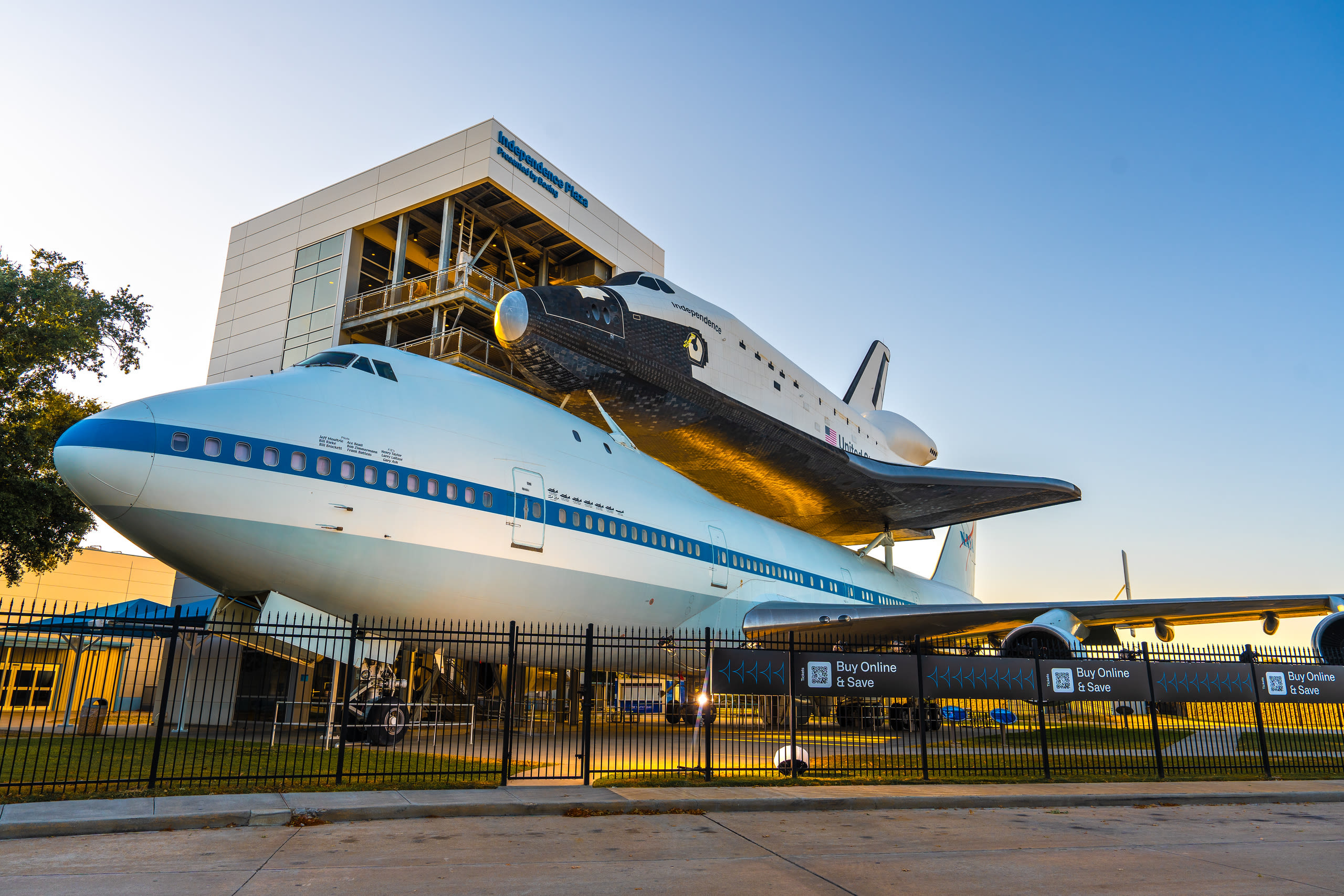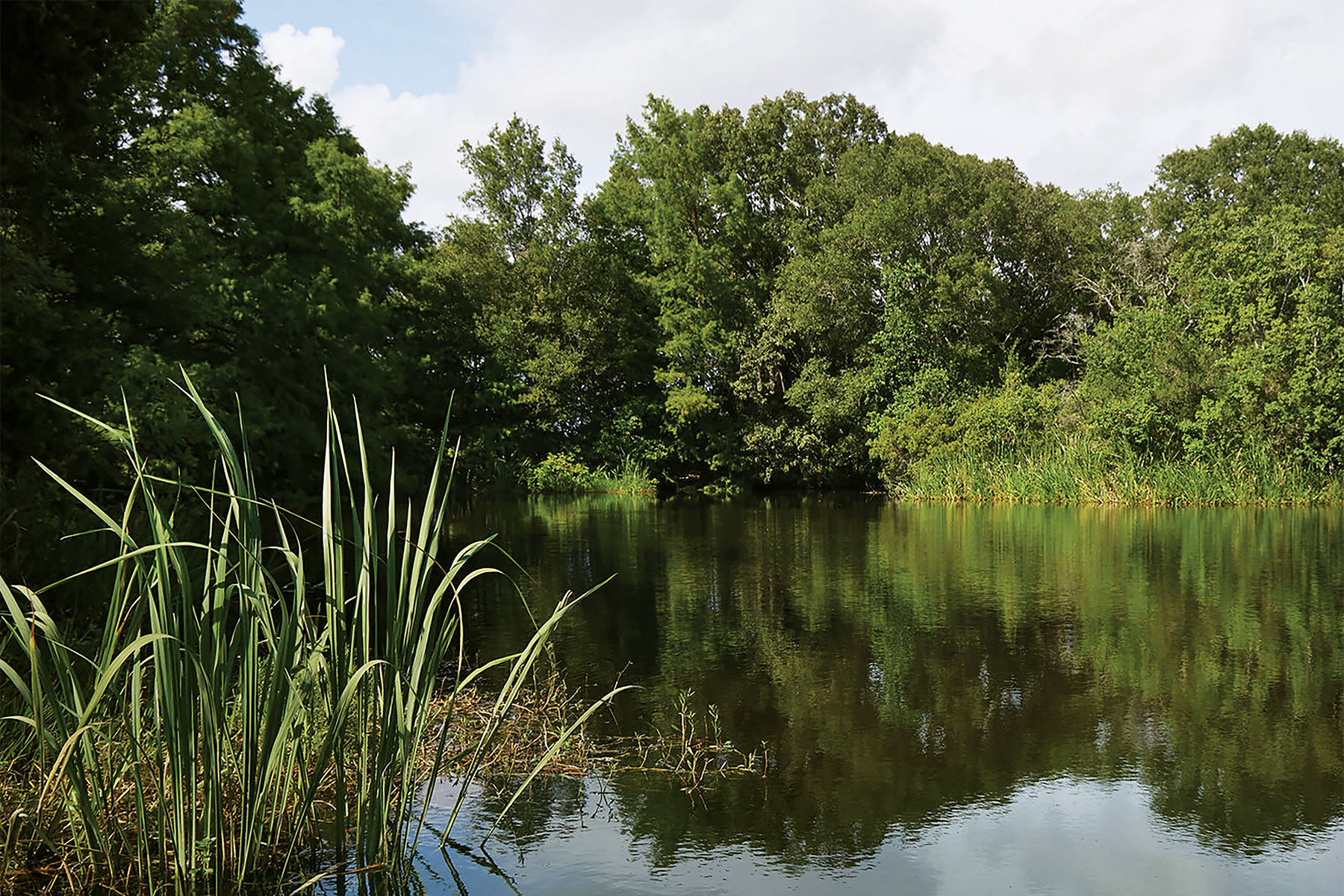Heritage Society’s New Exhibit Centers Karankawa History and Culture

Image: Anthony Rathbun
Houstonia’s The Must List tells you about something going on in Houston that you absolutely cannot miss.
“We are in the middle of what would be considered a cultural revival movement now in the twenty-first century,” says Karankawa artist Chiara Beaumont. “All these Indigenous peoples, not just the Karankawas, but many other Texas tribes, have been saying for generations, ‘Hey, we are still here, and we would love if we could be part of this dialogue.’”
The Heritage Society, Houston’s 70-year-old history museum located downtown, is bringing this critical dialogue about Indigenous peoples to visitors with its exhibition, Karankawa: An Enduring Culture of Texas. Beaumont and other Indigenous voices stand front and center at this survey, which will remain on view from now until March 29. “Karankawa” is also an umbrella term for five different Gulf Coast tribes, some whose original names have been lost. Patrons will receive a comprehensive look at what the life and culture of these peoples were really like, as unfiltered from the oft-exotifying, dehumanizing European gaze as the historical record allows.
Curator Cian Hardin, who also serves as a registrar and head docent with the organization, worked closely with the Karankawas for years to ensure that the stories being told at the museum weren’t poisoned by the stereotypes and misinformation he often encountered when reading Spanish and French colonial accounts.
“[I was] getting very frustrated that, in order to actually get a fair and honest view of the Karankawa’s history and culture, you had to do all this digging. I didn’t see why it couldn’t be public knowledge and more immediately accessible,” Hardin says. “What I wanted to do with this exhibit is make it so that other people didn’t have to go digging and digging and digging for years just to piece together the puzzle of what this culture was and how they are today.”
Alison Bell, executive director of the Heritage Society, encouraged Hardin from the very beginning to design, develop, and fundraise what would become his very first curatorial project. His concepts reflect the museum’s desire to accurately discuss the history of all the different peoples who call Houston home.
“This is the first full exhibit that we’ve had in the museum gallery of a Native American story. There were many myths, not nice myths, about the Karankawas,” Bell says. “We are Houston’s history museum, and we tell the stories of all the different cultures [here].”
Envisioning a showcase combining mythbusting and artifacts, Hardin reached out to his friend Beaumont for assistance and advice. She put him in touch with Karankawa elders, and when Hardin asked to borrow surviving remnants of the tribe’s material culture—arrowheads, cookware, utensils, jewelry, weapons, etc.—he was met with a no.

Image: Anthony Rathbun
Indigenous peoples around the world have been consistently asking museums to give looted artifacts, sometimes even human remains, back. Colonizing nations would take these relics from the cultures they sought to conquer and send them back home as museum exhibits, yet another way for them to profit off those they subjugated. The displays often contained misinformation regarding the Indigenous people represented as well.
Reactions from the institutions themselves have been mixed. The Horniman Museum in London, for example, eventually returned the famed Benin Bronzes in its collection back to Nigeria in 2022. The British Museum, though it posts regular updates on its contested objects, often comes up in discussions regarding stolen artifacts. It has yet to return the Benin Bronzes in its possession. Or the Rapa Nui (Easter Island) moai statues. Or the Egyptian mummies.
Given such global institutional conditions, it makes sense why Karankawa leadership would want to protect their artifacts.
“As soon as Indigenous people are trying to offer their [history], it’s hearsay,” Beaumont says. “I would ask for people to just use a bit more caution and ask themselves more questions when they’re reading history books.”
Hardin accepted the denial without argument, already cognizant of the often-exploitative relationship between museums and Indigenous cultures. Still wanting to present visitors with a comprehensive overview of the Karankawa’s history and craftsmanship, he instead consulted with the tribe and commissioned artists Haley Schwenn and Tom Scarsella to create replicas of the tools and ornamentations they would have used before and during colonization. A visual artist himself, he also took part in making the pieces exhibited. Everything on display, every story told, is presented with the consent, knowledge, and input of Karankawa peoples.
“When I started, I really wanted to do a lot of it with as close to the original processes as possible. And I did do that with a lot of the pieces. I did try to use shell and bone tools, some flint and stone,” Hardin says. “Overall, I tried to keep as original as possible, not just for the sake of authenticity, but also to really understand the process of making these pieces. I think a lot of people, myself included, might not necessarily even think about how strenuous making these items would be, especially when you don’t have access to metal tools or even electricity.”

Image: Anthony Rathbun
Beaumont herself appears throughout Karankawa: An Enduring Culture of Texas. Her collage work greets visitors as they enter the Heritage Society and decorates the explanatory plaques. As a designated tribal language keeper, she also shows up in a video alongside her sibling Sovie that demonstrates the Karankawa language as it was originally spoken and how it’s spoken now.
To her, the exhibit is a chance for Houstonians and tourists to learn and think more critically about the city’s original inhabitants. These themes resonate throughout her collages, which serve as a unifying visual as one walks through the displays.
“I started becoming very interested in sourcing all my collage material in different documents, articles, books, magazines, art, what have you, that was intentionally either racist against Indigenous people or it was directly related to the lands I’m from, which is Texas,” Beaumont says. “By taking these different pieces of very intentional segregating and racist ideologies, taking them myself, and transforming them into something that was now Indigenous resistance art.”
Know Before You Go
Tickets to Karankawa: An Enduring Culture of Texas are $5 each, and include admission to the two other exhibits currently showing in the Heritage Society’s main building. Visitors can stop by between 10am and 4pm every Wednesday through Saturday until March 29. Tickets may be purchased at the museum or online.
Additional information about the Karankawas, including an archive of historical materials, can be found on their official website.




